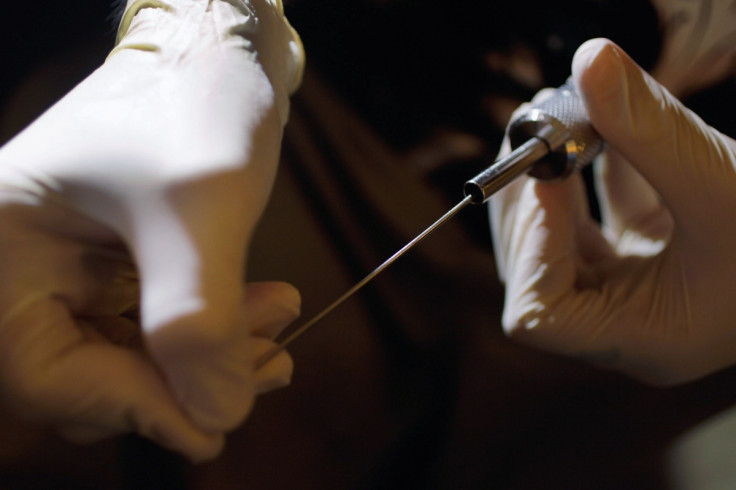Pennsylvania Man Charged with Tattooing Smiley Face on 12-Year-Old Girl

A 33-year-old man from Pennsylvania has been charged with tattooing a yellow, smiley face and a derogatory word on a girl's arm.
Randall Charlton III is accused of aggravated assault, simple assault, unlawful tattooing, corruption of minors and endangering the welfare of a minor, according to the Erie Times-News.
Charlton allegedly tattooed the 12-year-old child's left forearm while she was staying the night at his house in Centerville, Pennsylvania.
He was unable to post $20,000 bail and has been remanded in Crawford county jail.
Under Title 18 of Pennsylvania Consolidated Statutes, "A person commits an offence if he tattoos any person under the age of 18 years without the parent or guardian of such person giving consent for the tattooing of the person and being present at the time of the tattooing of the person.
"A person who commits an offence under this section shall be guilty of a misdemeanour of the third degree for the first offence. A person who commits a second or subsequent offense under this section within one year of the preceding offence commits a misdemeanour of the second degree."
There are health risks related to tattoos. With broken skin, there's the risk of infection and disease such as hepatitis and HIV.
There can also be a reaction to the ink or ink pigments. The Food and Drug Administration (FDA) warns about infections with a family of bacteria called non-tuberculous Mycobacteria (NTM) that has been found in recent outbreaks of illnesses linked to contaminated tattoo inks.
"Contaminated inks have caused serious infections in at least four states in late 2011 and early 2012," says Pamela LeBlanc, MPH, of FDA's Coordinated Outbreak Response and Evaluation (CORE) Network.
Why Tattoo Inks Go Bad
Inks and pigments can be contaminated through:
- use of contaminated ingredients to make inks
- use of manufacturing processes that introduce contaminants or allow contaminants to survive
- use of unhygienic practices that contaminate ink bottles or mixing with contaminated colors
- use of non-sterile water to dilute the inks
- using tattoo inks past their expiry date
© Copyright IBTimes 2025. All rights reserved.






















